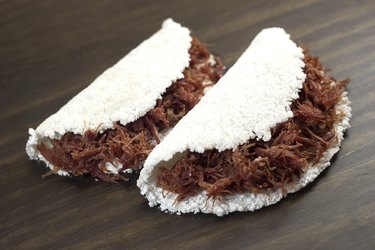
Although many types of flour make suitable substitutes for tapioca flour, knowing how to use each flour is critical for success in the kitchen. For example, tapioca flour adds structure and body to gluten-free baked goods in addition to thickening glazes, fillings, soups and sauces. Swapping tapioca with another type of root flour works well for thickening, but blending several alternative flours together typically works best when baking. Make a simple, basic blend by combining 1 part root flour with 1 part nut flour and 2 parts grain flour.
Bean Flours
Video of the Day
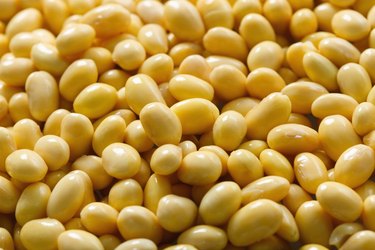
Like tapioca flour, flours made from beans and legumes such as green peas are gluten-free. Choose from varieties such as green pea, soy, chickpea, pinto or fava bean flour. These high-protein flours are best when mixed with other flours to make a blend. Using more than 30 percent of bean or legume flour can give baked goods a starchy or strong flavor. Try mixing them with grain and/or nut flours to make a versatile gluten-free blend.
Video of the Day
Nut Flours
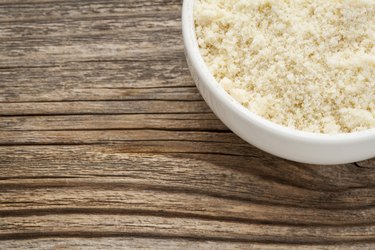
Although they aren't ideal for thickening sauces or soups, nut flours are well suited for use in baking. You may be most familiar with coconut flour and almond flour, which is a more finely ground version of almond meal. Chestnut flour is another option, although it needs to be mixed with a high-protein flour to balance its low protein content. Seed flours, such as hemp or quinoa flour, contain protein and slightly nutty flavor that makes them ideal for using as part of a blend. Using more than 25 percent can add a gritty texture.
Grain Flours
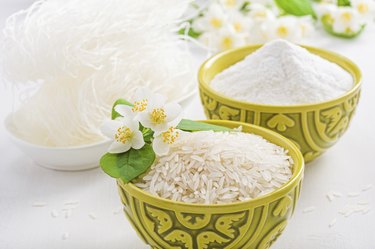
Grain flours make good baking substitutions. Rice flour is one of the more common gluten-free flours available in markets. There are three basic forms of rice flour, including brown rice, starchy sweet rice and white rice flour. Because rice flour tends to be heavy and dense, combine it with high-protein flours to offset the grainy, crumbly texture that rice flour can impart. Other options include sorghum, millet, amaranth, teff and oat flour.
Root Flours
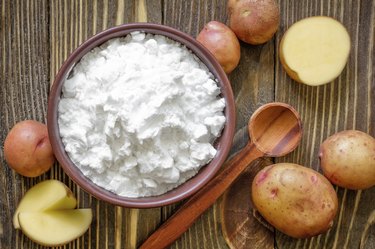
Because tapioca flour it a root flour itself, other root flours make ideal substitutes, particularly for thickening. Potato flour makes a good thickener in place of tapioca flour, although it's wise to start by adding only a tablespoon or 2 and gradually increasing the amount as needed. Using too much potato flour imparts a gummy texture. Other root flours, such as sweet potato and arrowroot, can be used to thicken gravies and sauces. As is the case with potato flour, overusing root flours gives your dish a goopy texture.
Traditional Flours
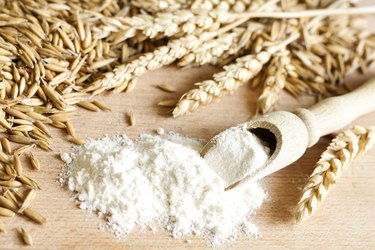
As long as you don't have a sensitivity to gluten, you can substitute tapioca flour with more traditional flours such as wheat, barley or rye flours. Swap every 1 cup of tapioca flour with 1 cup of wheat flour, 1 1/3 cups rye flour or 1 1/4 cups barley flour. Use refined, all-purpose wheat flour for maximum versatility, particularly if you're using it to thicken soups, stews or sauces. Whole-wheat flour is equally versatile but more flavorful, with a slightly nutty taste. Barley flour adds a tender crumb and delicate flavor to baked goods, while rye flour has a hearty, distinctive flavor.